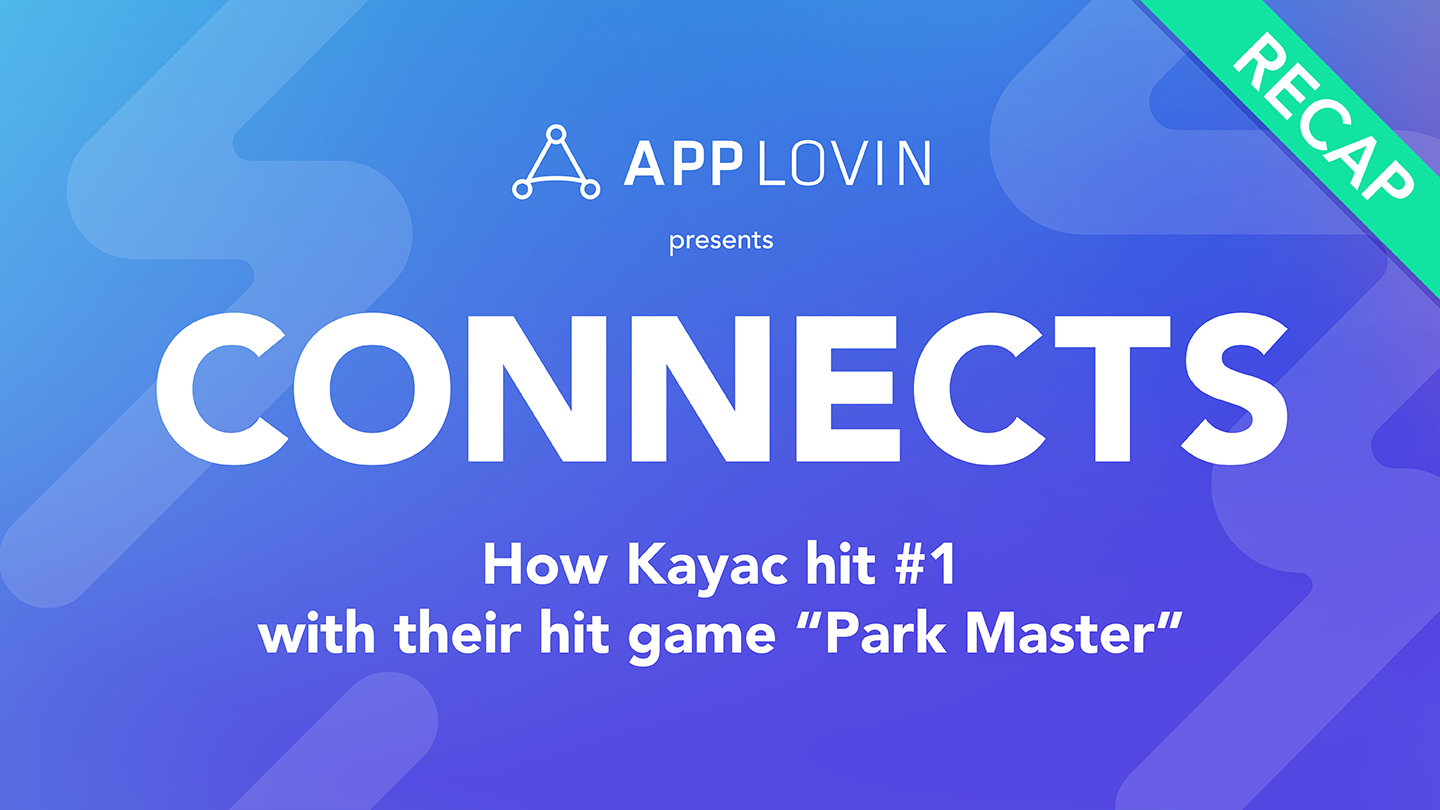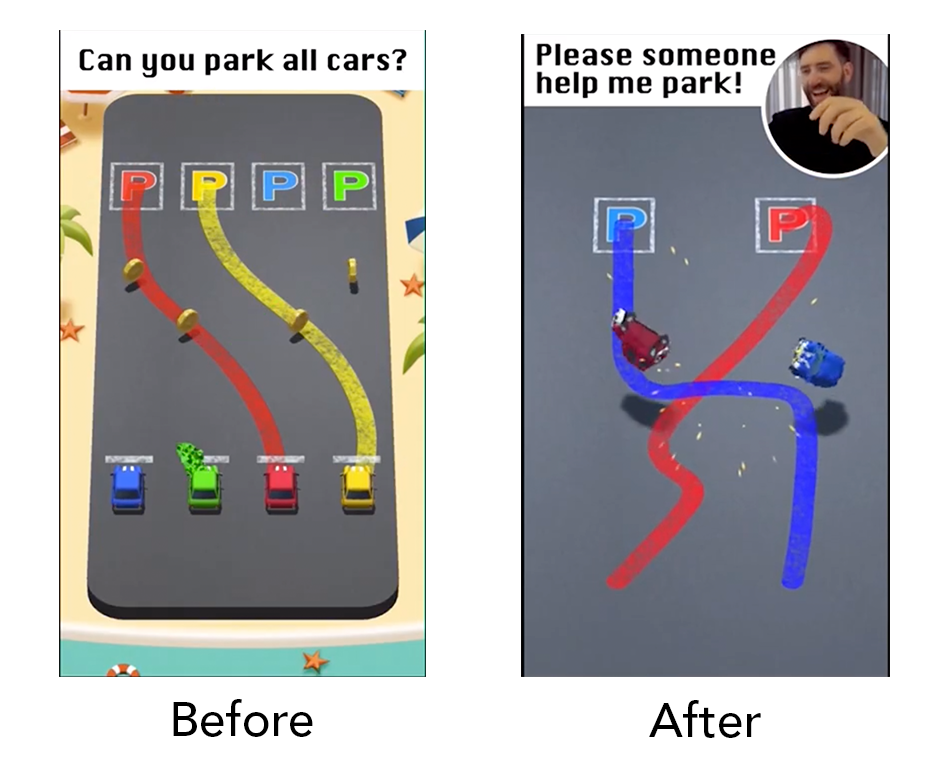Gaming, Mobile App Growth
How Kayac Hit #1 with Hyper-Casual Game Park Master
Jun 11, 2020

Gaming, Mobile App Growth

Last month, I had the opportunity to host our first-ever digital event for AppLovin Japan, where we invited Japanese mobile game developer Kayac to speak about their journey to reaching #1 with their hyper-casual game, Park Master. We were joined by Kayac’s producer Yudai Hatasa along with their director and engineer Takashi Sato.
The conversation identified some keys to Kayac’s success. Here are a few takeaways from the conversation.
Kayac’s journey to reaching #1 was not always a smooth ride. Before releasing Park Master, the nimble team of five had developed more than ten hyper-casual games, ranging from zombie themes to input/output (IO) games. Through this process, the team learned that they were spending too much time developing the games, instead of releasing them and editing as they went.
“Our whole team loves games, so we had the tendency to put in a lot of effort into every single game,” said Yudai. “Now that I look back, we were spending too much time on effects, sound, etc. when the games were still at their testing phases. In fact, we were spending a month developing games back then, just to get the game to its testing phase. Now, we spend about a week.”
Kayac had been creating their own ads, but turned to AppLovin’s SparkLabs team to help them develop simpler, more effective creatives. They implemented a few suggestions, and these changes in creatives was a decisive factor in Park Master hitting #1 on the charts.

As seen above, the “before” creative was complex, with more cars and a beach in the background. SparkLabs suggested we simplify this creative, removing unnecessary content like the extra cars and beach background, resulting in a cleaner ad that focuses on the mechanics of the game. The SparkLabs team also suggested establishing a more human connection in their ads by showing people playing and reacting to the game. Kayac implemented this as well — and can be seen in the upper right hand corner of the “after” creative. By implementing SparkLab’s suggestions, Kayac was able to increase installs per mille, or IPM by 50%, and boosted their installs by 10x. This sent Park Master to skyrocketing to #1 in the charts.
Yudai elaborated, “We didn’t change the game itself, only the creatives, so we were extremely surprised with the results. This showed us just how important creatives are in helping your game succeed.”
The Kayac team implemented MAX in-app bidding from the very start — which only took two to three hours — and the integration process for their recent titles was even swifter.
“Implementing and dealing with multiple SDKs can be daunting, often leading to a host of problems, such as instability. With MAX, we didn’t have such issues — the whole process was very smooth,” Takashi said. “I was particularly impressed with MAX’s Unity Integration Manager feature, which allowed us to quickly add or update SDKs within Unity with just a few clicks.”
The Kayac team also took advantage of MAX’s A/B testing feature. Yudai iterated, “Adding new ad placements without testing them first through MAX can garner mixed results. You really can’t predict what effect they will have, so I can’t imagine NOT performing A/B tests anymore.”If you’re ready to start MAX, click here, and be sure to keep an eye on our events page for future events!